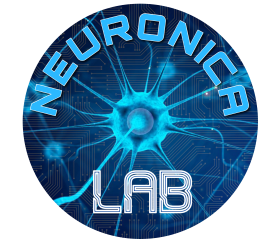The neurolab research group collaborates with the Professor Cristina Rottondi from (DET). The work is based on the previous project developed by Riccardo Peloso, Diego Bert and Nicola Domini.
Networked Music Performance (NMP) applicationsare acknowledged to be a particularly challenging field due to
their stringent latency requirements and their demand for high audio quality. Most solutions developed in the last decades tried
to overcome these obstacles by leveraging software approaches, that can introduce excessive time delays as a consequence of the general-purpose nature of the architectures on which they are implemented. Alternatively, a dedicated audio processor can be employed to minimize the mouth-to-ear latency
Among all computer architectures, Application-Specific Instruction set Processors (ASIP)
are one of the solutions that can better host a custom application. Together with the
usage of Field-Programmable Gate Array (FPGA) chips, they provide the best tradeoff
regarding flexibility and performance, allowing for an efficient design chain.
Transport Triggered Architectures (TTAs) are ASIP-like solutions that can offer quite
exceptional features. The possibility of creating custom functional units to accelerate
specific tasks and the opportunity of having program instructions that can host several
move operations simultaneously lead to a highly optimized and parallel architecture.
Furthermore, the possibility of programming TTA cores through a high-level language like
C, using custom hardware operations, offers an additional level of freedom to the design,
providing an efficient codesign environment for present and future use cases.
This thesis proposes an implementation for an FPGA TTA processor architecture integrated
into a Networked Music Performance (NMP) application, an environment where musicians
can play together remotely in real-time: custom hardware reduces the typical latencies
given by processing, recording, and streaming of audio data.
Results show that the implemented processor can easily record, stream and exchange audio
data with the other devices composing the NMP environment, with enough space to add
more processing power, eventually. Latency contributions introduced by the architecture
are very low since the core can run at a clock speed of 100 MHz with optimized paths,
potentially leading to an improvement with respect to software-based solutions.

